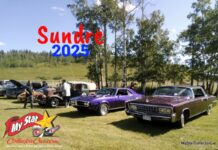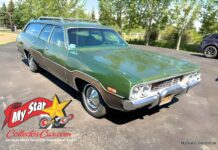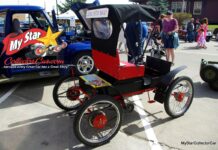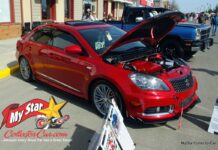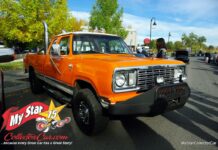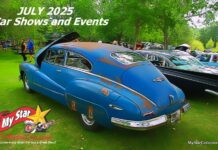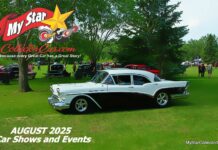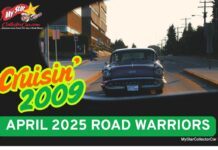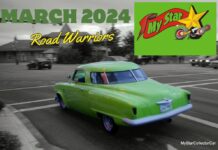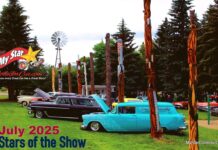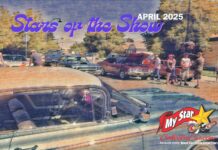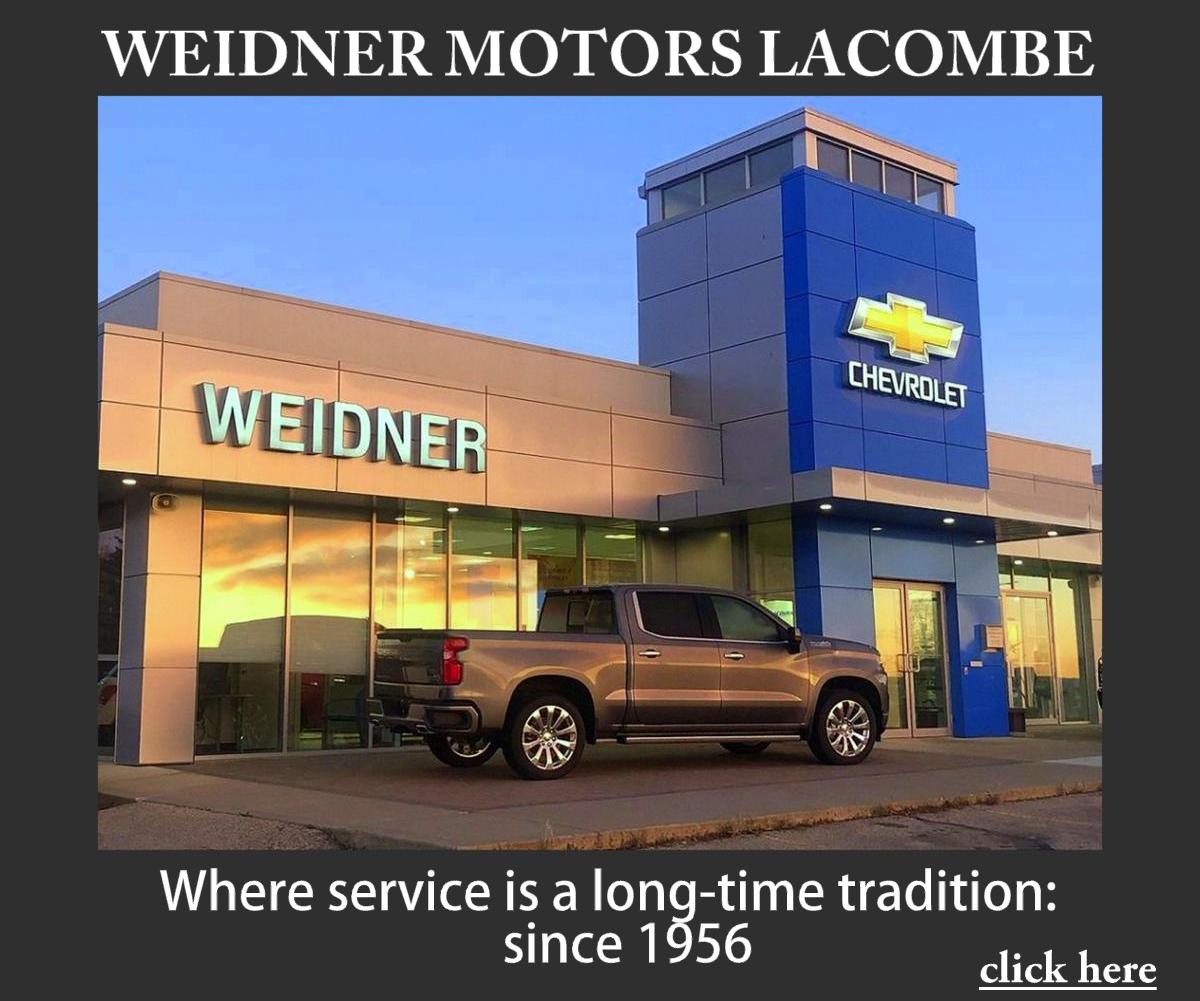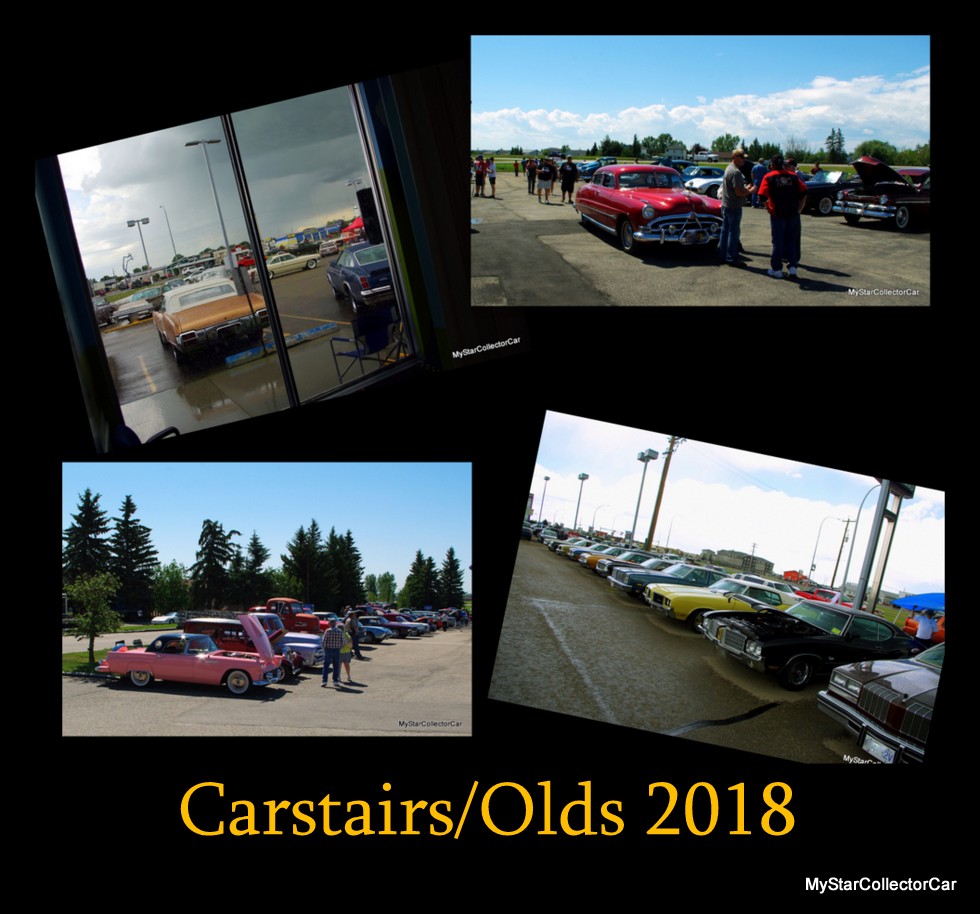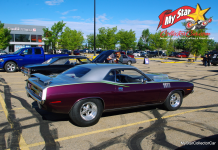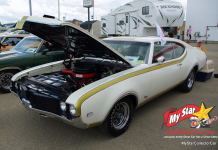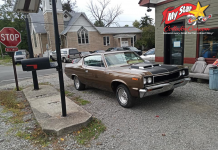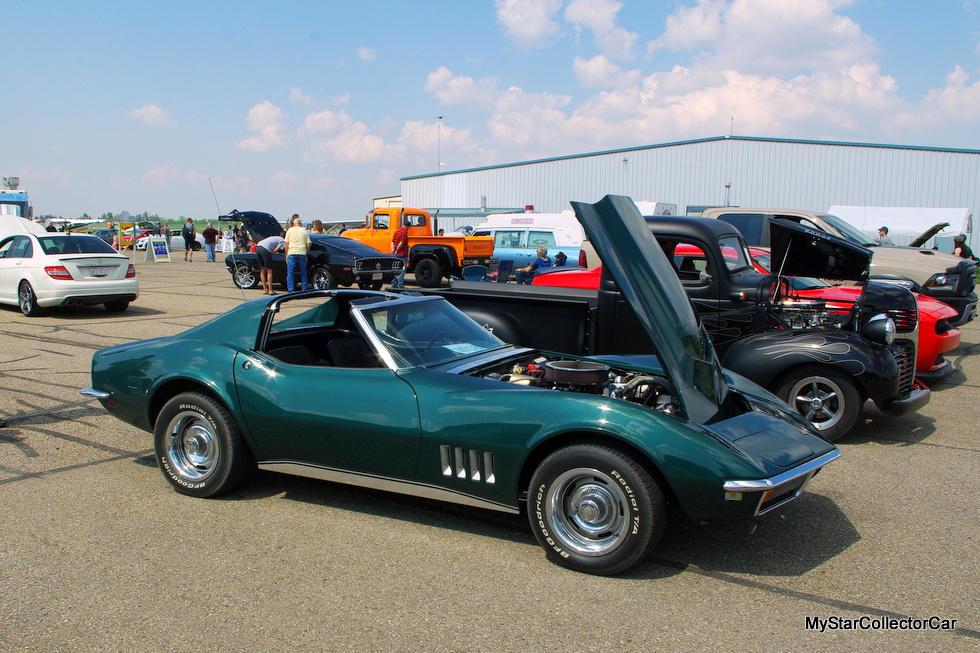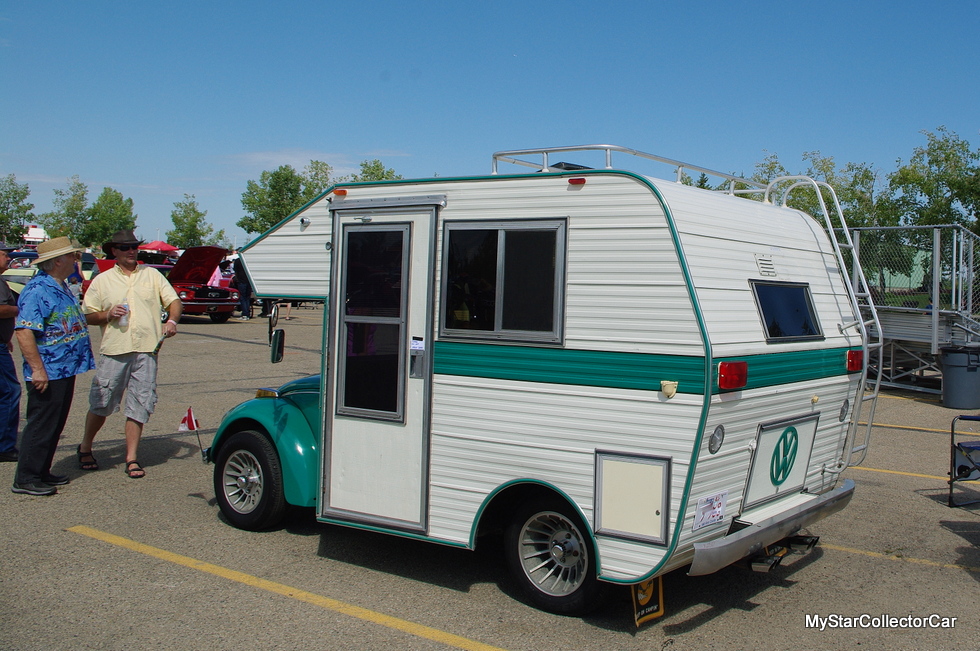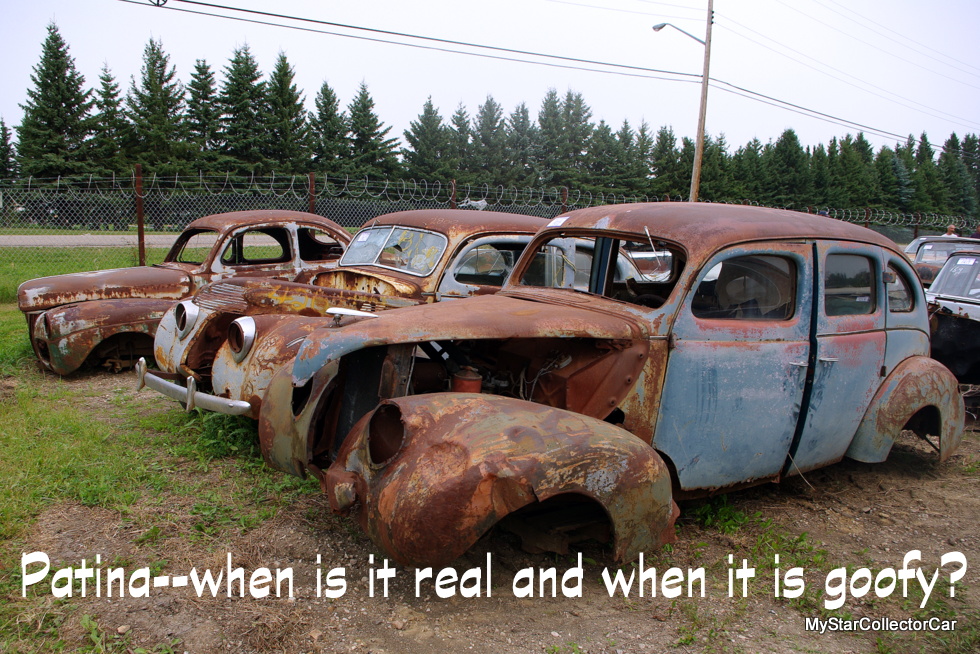The resto-mod movement gets bigger every year in the car hobby because more and more car guys want to experience a new-school ride with an old-school look.
I get it—but I draw the line when a piece of history survivor car gets carved into a bad Halloween pumpkin.
I’d rather see a guy rescue a hulk from a field and turn it into whatever he wants because rotting away is a death sentence for old iron.
Jerry Sutherland
I also respect ownership because that means 100% of the decisions are made by the owner—not the wannabe keyboard guys who are all-in on opinion and not in at all on financial commitment to a classic. That doesn’t mean I endorse using a mint survivor as a platform for a 21st century resto-mod—it means I do understand the ownership privilege.
The first of five examples is a 1928 Ford truck. There’s a harsh reality behind these trucks because a ’28 Model A truck in stock form is definitely not a freeway machine.

But it is a functional truck that you could do some minor hauling and running around town in, so there is a practical side to a ’28 Ford pickup. It works great if you are patient in traffic, but the other side of the equation is if you want to build a classic street rod out of a crustier old truck. That’s when an owner can build his dream ride and again–do whatever he wants.

A 1965 Mustang is another very popular platform for a resto-mod. They made lots of ’65 Mustangs so finding a rougher project for a resto-mod is relatively easy—even in today’s world of mega-priced projects.

’65 Mustangs drive like most mid-60s cars, so an upgrade to rack-and-pinion steering and disc brakes all around is something that’s logical. My only problem is using a clean survivor as a donor, because I’m one of those guys who likes to see the odd Mustang with factory wheel covers—and everything else factory. It gives them an historical presence.
The 1965 Marlin was AMC’s answer to the pony car. They did it the typical AMC way by adding different sheet metal to an existing Rambler American platform.

I’m a little torn on this one because I’ve seen more stock Marlins than custom Marlins at car shows so essentially AMC history is still protected. They were love them or hate them cars—in my case, I think they were a great addition to the mid 60s fastback world. A custom Marlin is like adding nitrous to a big block engine because they were unique in stock trim, so the extra custom touch takes them to higher level of cool.
The 2nd Gen (1967-69) Barracuda follows a similar pattern because I see more of them in stock form than custom form at shows.

They are not as prized as the E-body Cudas that showed up in 1970, but in my world the 2nd Gen Barracudas had their own form of cool. That doesn’t mean a custom 2nd Gen Barracuda is a bad idea because these cars are a great canvas for a builder—plus there’s still a fleet of stock 2nd Gen ‘cudas left in the world to preserve their heritage .
The last example of resto-mod versus stock is the 1969 GTX. They built plenty of these cars in ’69 but they also lost a few to a combination of bad drivers and raw, straight-ahead power.

There’s a fine balance with a ’69 GTX because Mopar muscle cars are still blue-chip investments in 2024. If you carve a mint ’69 GTX up, you’re going to have to weigh that against its value at a high-end auction. Start with a basket case—you’ll sleep better.
As you can see, there are many moving parts to a resto-mod versus survivor project but if it doesn’t work out, at least you’ll add your car to the debate.
Jerry Sutherland
By: Jerry Sutherland
Jerry Sutherland is a veteran automotive writer with a primary focus on the collector car hobby. His work has been published in many outlets and publications, including the National Post, Calgary Herald, Edmonton Journal, Ottawa Citizen, Montreal Gazette, Saskatoon StarPhoenix, Regina Leader-Post, Vancouver Sun and The Truth About Cars. He is also a regular contributor to Auto Roundup Publications.
- CLICK HERE TO SIGN UP FOR THE NEWSLETTER
- CLICK HERE to Like us on Facebook
- CLICK HERE to Follow us on Twitter
- CLICK HERE to Follow us on Pinterest






